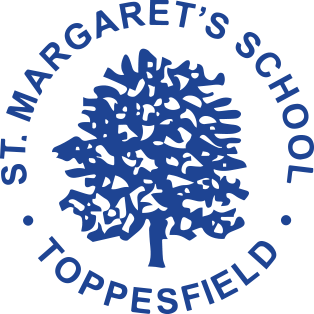Phonics glossary
| Term | Definition |
|---|---|
| Blend | Saying the individual sounds that make up a word and then merging or blending the sounds together to say the word – used when reading. |
| Consonant | Most letters of the alphabet (excluding the vowels: a,e,i,o,u). |
| CVC words | Abbreviation used for consonant-vowel-consonant words, used to describe the order of sounds. Some examples of CVC words are: cat, pen, top Other similar abbreviations include:
|
| Digraph | Two letters which together make one sound, e.g. ee, oa, ea, ch, ay. There are several different types of digraph:
|
| Grapheme | Written letters or a group of letters which represent one single sound (phoneme), e.g. a, l, sh, air, ck. |
| Letters and Sounds | A Government document detailing the teaching of phonics. There are 6 phases described: Phase 1: This is split into 7 aspects, which focus on hearing and talking about environmental sounds and letter sounds. Phase 2: Learning 19 letters of the alphabet, along with the first 5 tricky words and using them to read and spell simple words and captions. Phase 3: Learning the remaining letters of the alphabet, some 2 and 3 letter digraphs, along with the next set of trick words. Reading and writing captions and sentences. Phase 4: Learning to blend and segment longer words, including words with adjacent consonants and more than one syllable. Reading and writing using these and the next tricky words, within sentences. Phase 5: Learning alternative spellings and pronunciations for phonemes, including their common usage within words. Reading and writing using these and the next tricky words, within sentences. Phase 6: Learning longer words and spelling rules. |
| Phoneme | A single sound that can be made by one or more letters (graphemes), e.g. s, k, z, oo, ph, igh. |
| Pure sound | Pronouncing each letter sound clearly and distinctly without adding additional sounds to the end, e.g. ‘ffff’ not ‘fuh. |
| Segment | This is the opposite of blending (see above). Splitting a word up into individual sounds – used when spelling and writing. |
| Tricky words | Words that are difficult to sound out, e.g. said, the, because. |
| Trigraph | Three letters which go together make one sound, e.g. ear, air, igh, dge, tch. |
| Vowel | The letters a, e, i, o, u. |
